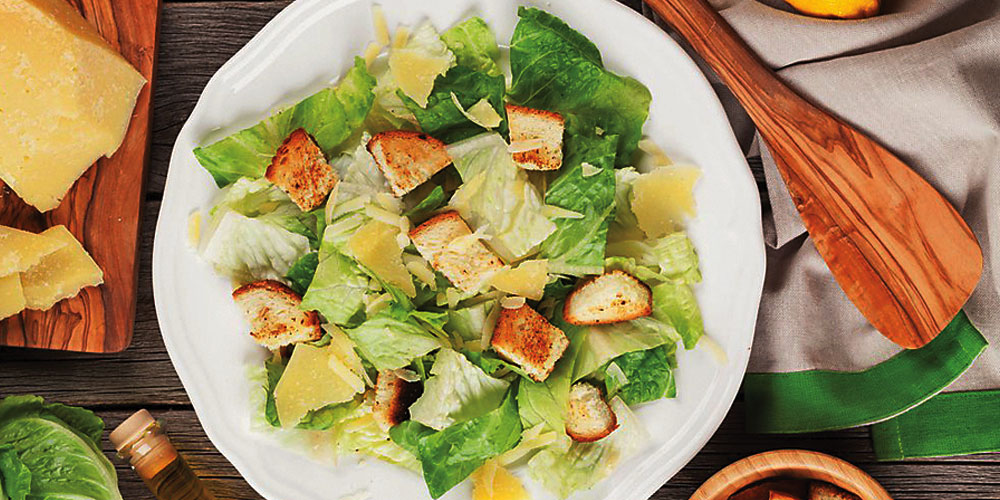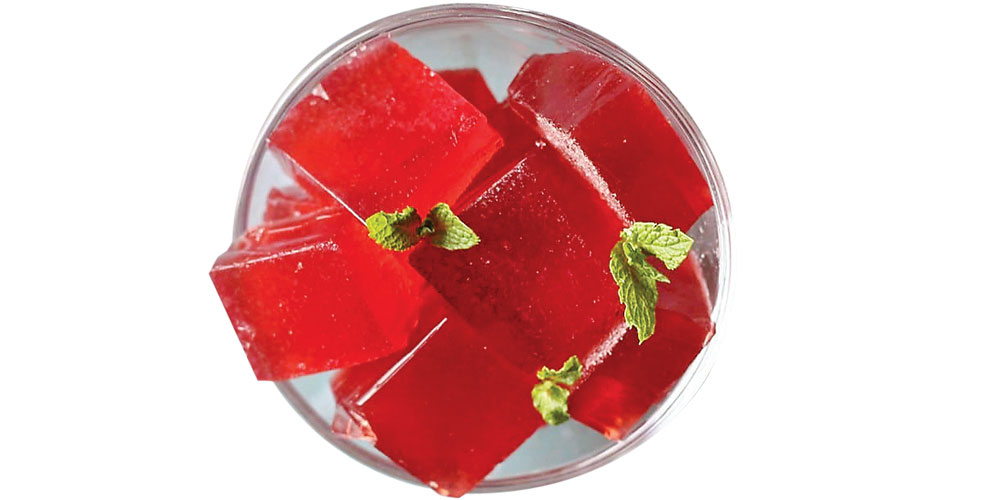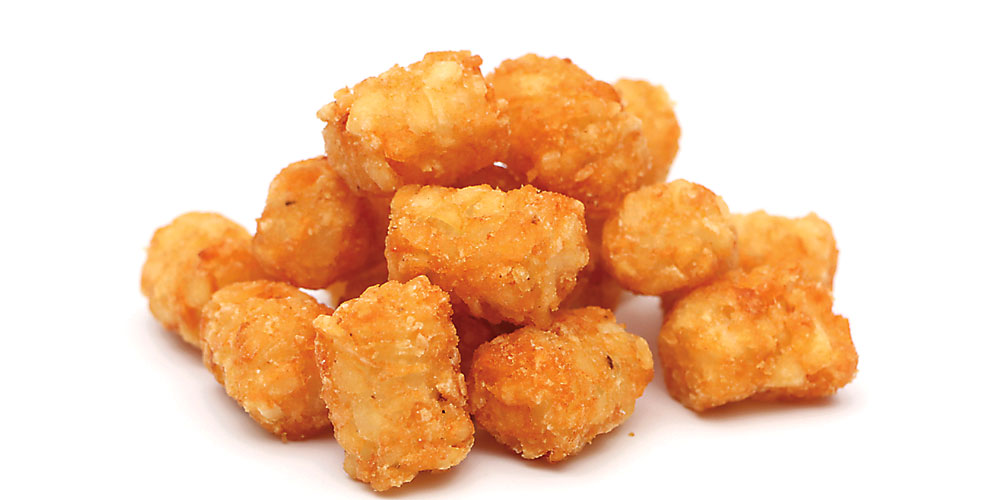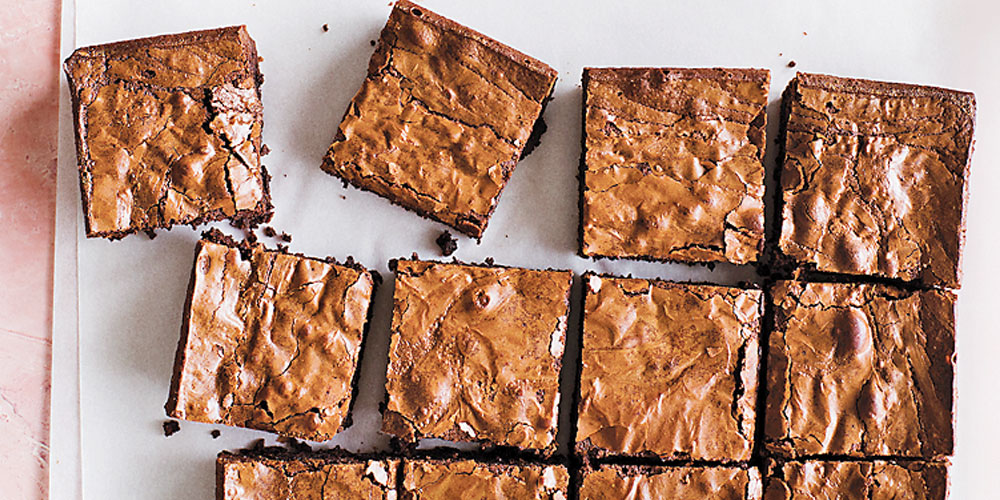Salmon with Spicy Cucumber-Pineapple Salsa
- 13 Apr - 19 Apr, 2024

Given its name, it’s perfectly understandable one might assume the king of the salad section hails from ancient Rome. But romaine lettuce stalks, olive oil, raw egg, croutons, parmesan cheese, and Worcestershire sauce were first tossed together in Baja California’s Caesar’s Restaurant. Caesar Cardini moved to North America in the 1910s, opening restaurants in Sacramento and San Diego, before making a run for the border town of Tijuana, Mexico, which was experiencing a tourism boom in the 1920s.

In 1897, carpenter Pearle Wait was mixing a cough remedy and laxative tea in his home kitchen when he started experimenting with gelatin. The result of that tinkering, according to the Jell-O Museum's website, was a fruit-flavoured dessert whose name was coined by his wife, May. Wait sold the trademark in 1899 to fellow LeRoy-ian and medicines manufacturer Orator Frank Woodward. He too gave up and sold it to Sam Nico for $35. The third sale was made to Genesee Pure Food Company that started selling Jell-O in 1900 and reported $250,000 in sales in 1902.

Brothers F. Nephi and Golden Grigg mortgaged their Idaho corn and potato farms to buy a flash-freezing factory on the border in Oregon (hence, the company name Ore-Ida). By 1951, the Mormon siblings had become the largest distributor of sweet corn in the US. But the big money was in French fries even though the machines that cut potatoes into fries produced a lot of starchy scraps but eventually they decided to generate a revenue with it. With help from new machines, they smooshed the leftovers together, blanched them, formed them into bite-sized bits, cooked them in oil and froze them. With the alliterative name trademarked, the Griggs headed to the 1954 National Potato Convention to introduce their small potatoes.

Bertha Palmer, wife of Palmer House Hotel owner Potter Palmer, found herself in the middle of a dessert dilemma in 1893. Headed to the World's Fair Columbian Exposition in Chicago with her squad, she needed a portable pastry that would please the ladies who were going to boxed lunch with her there. She asked the hotel's pastry chef for help, and he cracked the confection code with a cake-like square with walnuts and apricot glaze. The term brownie came later; the first-known printed use of the word was in the 1896’s Boston Cooking-School Cook Book by Fannie Farmer.
COMMENTS